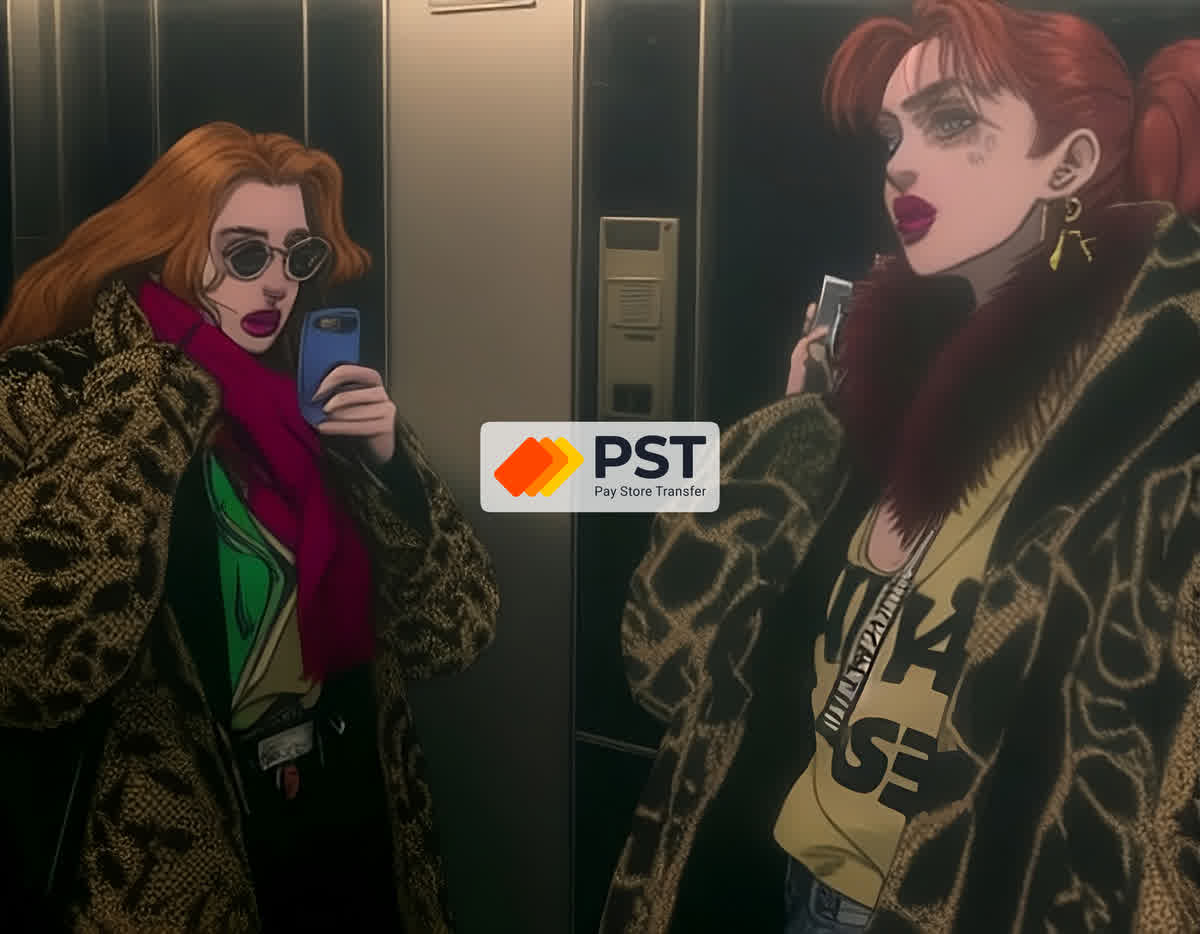You must be a hermit or a loner if in 2023 you haven’t heard about neural networks in general and ChatGPT, Dalle-2, Midjourney or Stable Diffusion in particular.
Amazing developments from OpenAI and other Big Tech allow users to generate images and text responses to almost any request in real time. Sounds like real magic, doesn't it? Much cooler than Hogwarts Legacy’s 😄
This article is about our fight with routine tasks with the help of AI (and we hope that comes in handy for you). A little note first:
ChatGPT is an advanced language model based on GPT-3, capable of generating human-like text. Plus, the GPT-3 model is trained on a huge amount of textual data, which gives it the ability to handle requests on completely different topics. And let's not forget about the user-friendly interface in the form of chat. So where can we use these machine learning technologies?
TEXT
Let’s start from the obvious. The model is able to generate voluminous texts in a fairly short period of time, and provide us with several variants to choose from. So instead of hours of searching for a topic, we literally get several different ideas for an article in a couple of minutes, which can be finalized manually.
This AI also works well with more complex queries, such as rewriting articles. An interesting fact: in case you want to send your much compelling article to several editions, you're gonna find out that many media outlets accept unique texts only. Which means that rewriting features can be very useful. Describe your wishes about the new text (like structure, style and tone) to AI and here you are with several unique versions of the article ready (which means you have already saved a few hours of your precious time).
Or imagine this: you need to prepare a presentation layout ASAP in order to send it to the designer. There are materials for the presentation, but they need to be properly structured and allocated to slides. Well, ChatGPT can help with this task too: just specify in the request the need to break the result into slides.
Interestingly, the neural network handles requests in English much better than in other languages for now: it just types text faster. We tested ChatGPT in Spanish, French, and Japanese (the results were great in each and every case, yet there are some issues from the performance point of view)
DESIGN
Texts for articles and social media posts are ready, so now we need illustrations. ChatGPT solves this problem by preparing detailed queries for other graphical neural networks. So we can easily get some variants of detailed text requests for text-to-image models like Midjourney, Stable Diffusion or Dalle-2 (as suggested by the title, these networks request text as input and output an image).
Such tools will not replace a real designer yet, but they will significantly reduce the time for creating and preparing graphic materials in different formats: pictures for social networks, illustrations for blog articles and other forms of digital content (by the way, the vast majority of illustrations in our Telegram channel are the works of neuro artists). It is important to note that while maintaining the stylistic part of the request, it is even possible to provide visual continuity in the design of materials.
PROGRAMMING
Some say ChatGPT could revolutionize software development, but it's still a long way to go. For now, programmers can use it to test code for optimization and look for minor bugs. A neural network can analyze code snippets and provide suggestions for improvements, making the development process faster and more efficient. AI can help with basic tasks, but it is unlikely to be able to create a complex working program yet.
Generally speaking, a coder interacting with AI is very much like a craftsman working with his tools. So a neural network outputs code in some rough form, which needs careful processing and tuning.
An example from our practice. We are developing a virtual payment card service for media buying and online shopping, so we decided to test the neural network's ability to create smart contracts. ChatGPT was prompted to write a smart contract which would optimize commissions on the Tron network. Our first requests generated some nonsense instead of code, and it took us about 10 revisions before we got a compilable code without bugs. The problem was that it still didn't meet our business requirements. In other words, it's still too ambitious task for an open source neural network (programmers can rest easy).
ANALYTICS
ChatGPT can be used for analytics in formulating SQL queries as well. AI can analyze data and suggest the most efficient way to structure tables and formulate complex queries with ease. And yet, analytics is much more than SQL queries and data visualization, it requires professional judgment and insights for specific tasks (so analysts can rest easy for now too).
ChatGPT applications are not limited to the above mentioned areas. For example, in the fintech industry, a neural network can be used to analyze financial data and provide recommendations to traders, investors, corporate and private clients. However, again, this is not about replacing human staff, but about optimizing processes and freeing up from routine tasks.
In conclusion, ChatGPT is a significant step in the field of artificial intelligence, which can produce a quiet revolution in various industries. For example, such AI would do a much better job as an explainer than any of the existing FAQs, providing quick and accurate answers to specific questions. Use cases mentioned in this article are just the tip of the iceberg, and the potential of ChatGPT and other neural networks has yet to be discovered.
Overall, AI is just a new tool, not a replacement for humans, at least at this stage of development. We have already gone through this with computers and the Internet. In the end, we will come to the point where society will again be divided into those who know how to use the new technological tool, and those who do not.

